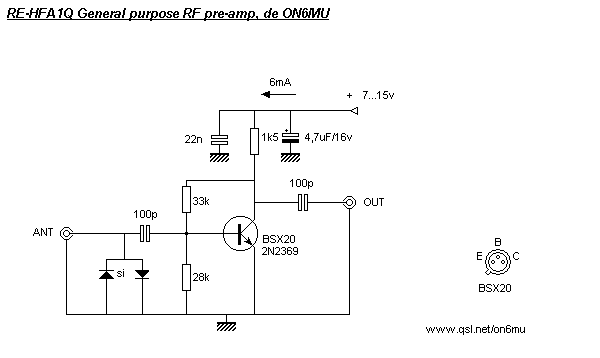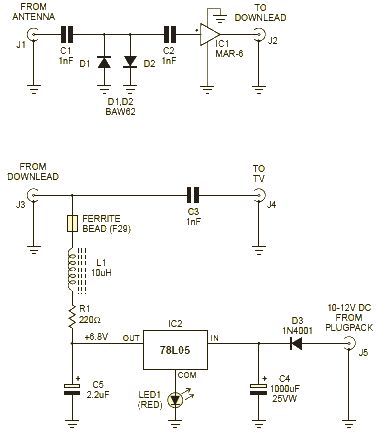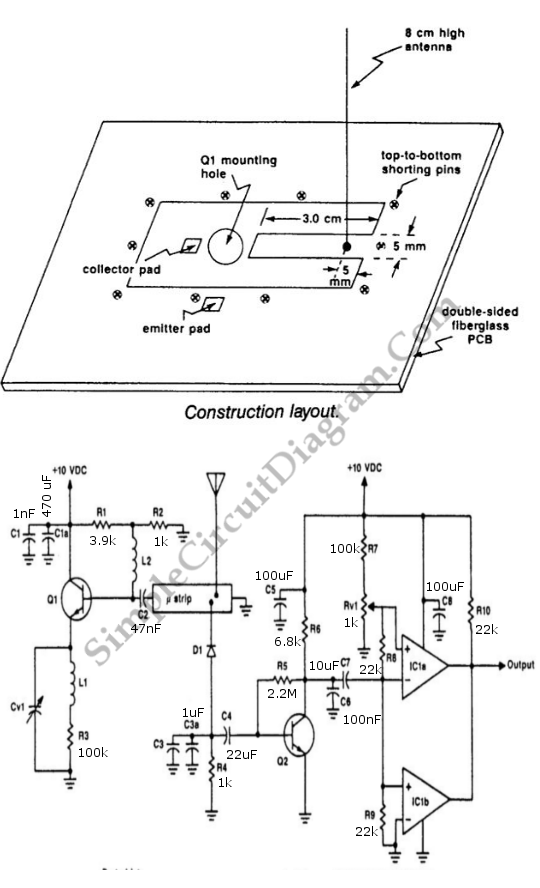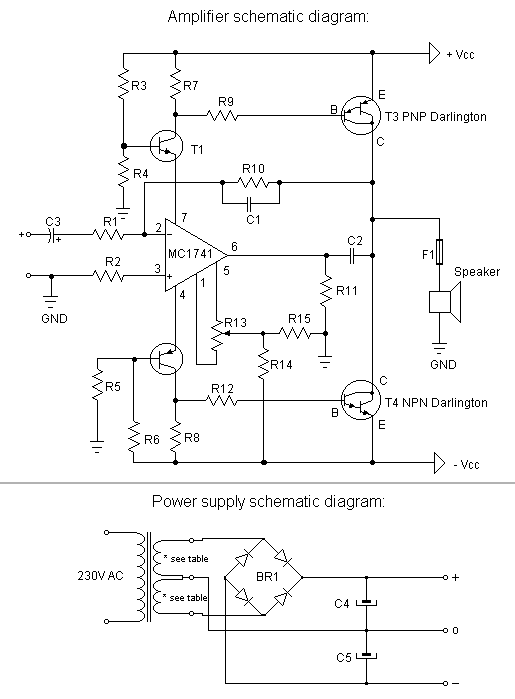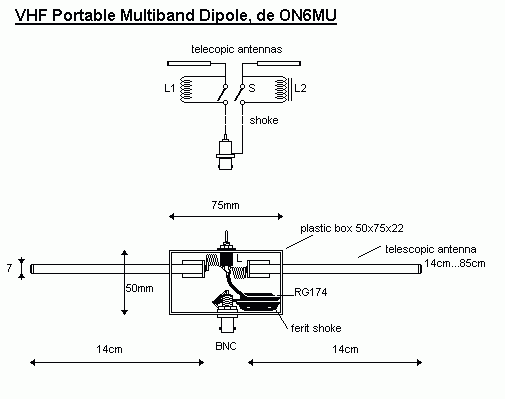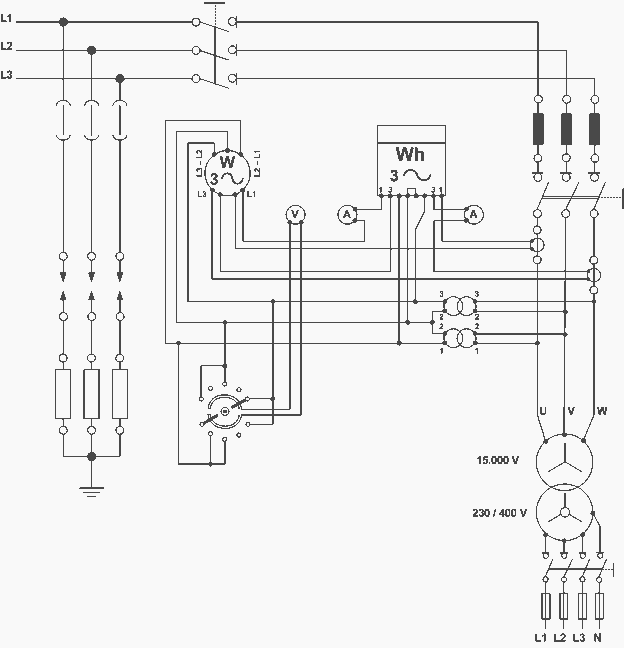
Motorola Radius R100 (and MCR100) UHF Repeater (RT) Station Overview
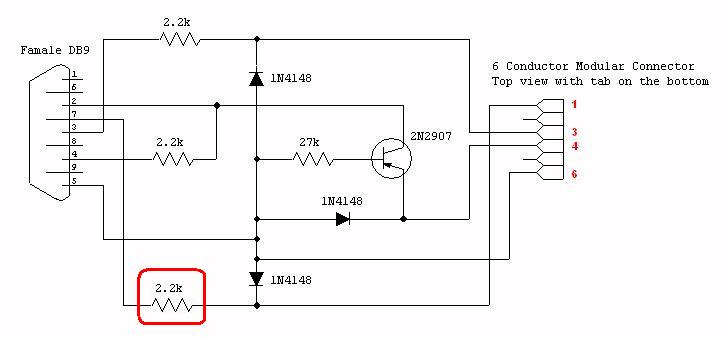
This article provides an overview of the R100 and MCR100 UHF repeaters. All information was obtained from a physical examination of the station, the programming software, and the R100 Instruction (and service) Manual, p/n 6881078E15, as well as the MCR100 Instruction (and service) Manual, p/n 6881071E50. Specific topics were originally found in the "Articles We’d Like To See" page and will be covered in this article. Additional service-related items have also been included. Knowledge that would benefit someone familiar with the R100 radios includes the fact that the R100 can operate in either PL or DPL mode, but not both simultaneously; switching between the two requires replacing the controller board. Information is also provided to clarify eBay listings, where the model number and internal photos are crucial for ensuring the unit is complete. Parts for converting between PL and DPL are no longer available. An interfacing article would be beneficial, detailing how to connect an external controller, obtain muted receiver audio, utilize COR and PL decode, insert transmit audio, manage PTT, and control the transmitter PL encoder. The R100 and MCR100 are effectively identical stations, with the MCR100 specifically manufactured for the European market, offering more options as detailed in its manual. All parts are interchangeable and have identical specifications. Throughout this write-up, the term R100 will refer to either or both stations. The radio modules in these repeaters are derived from the MC Micro product line, which likely predates the MaxTrac/Radius mobile radios. The manuals indicate that these stations were available for VHF mid-band (72-76 MHz), VHF high-band (136-174 MHz), and UHF (403-433 and 450-470 MHz) bands. European models covered 66-88, 136-162, 146-174, 403-433, 422-450, and 438-470 MHz ranges. Additionally, the receiver can function as a standalone transceiver in base-station applications, referred to as an MC Compact station in the European market. It was available in frequency ranges of 68-88, 136-174, 174-225, and 403-470 MHz, with power output options of 1-6, 1-10, or 25 watts. The R100 is a full-duplex, intermittent-duty, wall-mounted UHF repeater station comprising a receiver, transmitter, power supply, and control board. A duplexer is not included and must be provided externally. Several variations or configurations are available; however, modifying these configurations typically requires replacing major assemblies. For instance, the repeater control board may lack the necessary components for control tone decoding if it was not originally configured that way. Increasing output power necessitates replacing the RF Power Amplifier. Notably, the transmitter and receiver are designed for either Private-Line (PL) or Digital Private-Line (DPL) operation, but not both. Transitioning from one mode to the other requires replacing the microprocessor and several other components on the control board, as specified in the manual. The encoding in the transmitter and decoding in the receiver are managed by the microprocessor on the respective control boards. Each device is designed for a single operating frequency (or channel), although some configurations may support two channels. The transmitter and power amplifier are built for wide-band coverage, with only the VCO requiring tuning post-reprogramming. Deviation must be checked or adjusted after programming. The transmit RF board includes a 2ppm reference oscillator, while the receiver features a 5ppm temperature-compensated crystal oscillator. The receiver is designed to be narrow and selective, with nine tuning options available.
The R100 and MCR100 repeaters are designed to operate in various environments, making them versatile for different applications. The ability to function in either PL or DPL modes allows users to select the appropriate signaling method for their communication needs. However, the limitation of not being able to switch between modes without significant hardware changes necessitates careful consideration during initial setup.
In terms of physical construction, the R100 is built to endure the rigors of intermittent-duty cycles, making it suitable for emergency services or other critical communication applications. The wall-mounted design allows for efficient use of space, and the integration of a power supply within the unit simplifies installation. The external duplexer requirement is a common design choice in repeater systems, allowing for flexibility in antenna configurations and signal management.
The radio modules' lineage from the MC Micro product line suggests a robust design philosophy that prioritizes reliability and performance. The wide frequency range availability enhances the adaptability of the R100 and MCR100 for various regional communication standards.
For users looking to integrate these repeaters with additional equipment, the outlined interfacing options provide a pathway for enhanced functionality. Proper interfacing can facilitate improved audio quality and control, essential for professional communication setups.
The receiver's narrow selectivity and the transmitter's wide-band coverage ensure that the R100 and MCR100 can effectively handle the demands of busy communication channels, making them suitable for both public safety and private sector applications. Overall, the R100 and MCR100 repeaters represent a solid choice for users needing reliable UHF communication solutions.This article provides an overview of the R100 and MCR100 UHF repeaters. All of the information came from physical examination of the station and running the programming software, as well as the R100 Instruction (and service) Manual, p/n 6881078E15 and the MCR100 Instruction (and service) Manual, p/n 6881071E50. The following specific questions and topics were originally found in the "Articles We`d Like To See" page. They`ll be covered in this article. Additional service-related items have also been added. What knowledge would someone familiar with the R100 radios wish they had before they got into them (like the fact that the R100 can do either PL or DPL, but not both, and changing from one to the other requires replacing the controller board), and enough information that listings on eBay make sense The model number is about all you can go by, along with a photo of the insides to make sure the unit is physically complete. Parts to convert PL to DPL or vice versa are No Longer Available. An interfacing article would be very welcome: how to hook up an external controller, how to get muted receiver audio out of the radio, along with COR and PL decode, and how to insert transmit audio into it, along with PTT and how to control the transmitter PL encoder.
As far as anyone can tell, the R100 and MCR100 are identical stations. The MCR100 was manufactured for the European market and there are more options listed in the MCR100 manual. All parts are interchangeable and have identical specifications. Throughout this write-up, the R100 product name will be used to refer to either or both stations. The radio modules used in these repeaters are based on the MC Micro product line, which was probably a predecessor to the MaxTrac/Radius mobile radios.
There is evidence in the manuals that these stations were available for the VHF mid-band (72-76 MHz), VHF high-band (136-174 MHz) and UHF (403-433 and 450-470 MHz) bands. European models covered 66-88, 136-162, 146-174, 403- 433, 422-450, 438-470 MHz ranges. Also, the receiver radio could be used by itself as a full transceiver in base-station applications. The European market calls this an MC Compact station. It was available in 68-88, 136-174, 174-225, and 403-470 MHz versions, with power ranges of 1-6, 1-10, or 25 watts.
The R100 is a full-duplex, intermittent-duty, wall-mounted UHF repeater station composed of a receiver, transmitter, power supply, and control board. A duplexer is not contained in the package; one must be provided externally. They come in several variations or configurations: In most cases, it is NOT possible to alter this configuration without replacing major assemblies.
For example, the repeater control board won`t have the parts installed on it for control tone decoding if it wasn`t originally configured or ordered that way. Similarly you would need to replace the RF Power Amplifier to get more output power. Worst, however, is that the transmitter and receiver are built to do either Private-Line (PL) or Digital Private-Line (DPL), but not both.
You can`t change from one to the other without replacing the microprocessor (No Longer Available) and a few other parts on the radio`s control board; these parts are documented in the manual. The encoding (in the transmitter) and decoding (in the receiver) is performed by the microprocessor on the respective unit`s control board.
Both the receiver and transmitter are capable of one single operating frequency (or channel), although there is evidence that two channels were possible in some configurations. The transmitter and PA are designed for wide-band coverage; the only item that needs tuning after being reprogrammed is the VCO.
Deviation must be checked or adjusted after programming. The transmit RF board has a 2ppm reference oscillator; the receiver has a 5ppm temperature-compensated crystal oscillator. The receiver is quite narrow and selective; there are nine tunin 🔗 External reference
The R100 and MCR100 repeaters are designed to operate in various environments, making them versatile for different applications. The ability to function in either PL or DPL modes allows users to select the appropriate signaling method for their communication needs. However, the limitation of not being able to switch between modes without significant hardware changes necessitates careful consideration during initial setup.
In terms of physical construction, the R100 is built to endure the rigors of intermittent-duty cycles, making it suitable for emergency services or other critical communication applications. The wall-mounted design allows for efficient use of space, and the integration of a power supply within the unit simplifies installation. The external duplexer requirement is a common design choice in repeater systems, allowing for flexibility in antenna configurations and signal management.
The radio modules' lineage from the MC Micro product line suggests a robust design philosophy that prioritizes reliability and performance. The wide frequency range availability enhances the adaptability of the R100 and MCR100 for various regional communication standards.
For users looking to integrate these repeaters with additional equipment, the outlined interfacing options provide a pathway for enhanced functionality. Proper interfacing can facilitate improved audio quality and control, essential for professional communication setups.
The receiver's narrow selectivity and the transmitter's wide-band coverage ensure that the R100 and MCR100 can effectively handle the demands of busy communication channels, making them suitable for both public safety and private sector applications. Overall, the R100 and MCR100 repeaters represent a solid choice for users needing reliable UHF communication solutions.This article provides an overview of the R100 and MCR100 UHF repeaters. All of the information came from physical examination of the station and running the programming software, as well as the R100 Instruction (and service) Manual, p/n 6881078E15 and the MCR100 Instruction (and service) Manual, p/n 6881071E50. The following specific questions and topics were originally found in the "Articles We`d Like To See" page. They`ll be covered in this article. Additional service-related items have also been added. What knowledge would someone familiar with the R100 radios wish they had before they got into them (like the fact that the R100 can do either PL or DPL, but not both, and changing from one to the other requires replacing the controller board), and enough information that listings on eBay make sense The model number is about all you can go by, along with a photo of the insides to make sure the unit is physically complete. Parts to convert PL to DPL or vice versa are No Longer Available. An interfacing article would be very welcome: how to hook up an external controller, how to get muted receiver audio out of the radio, along with COR and PL decode, and how to insert transmit audio into it, along with PTT and how to control the transmitter PL encoder.
As far as anyone can tell, the R100 and MCR100 are identical stations. The MCR100 was manufactured for the European market and there are more options listed in the MCR100 manual. All parts are interchangeable and have identical specifications. Throughout this write-up, the R100 product name will be used to refer to either or both stations. The radio modules used in these repeaters are based on the MC Micro product line, which was probably a predecessor to the MaxTrac/Radius mobile radios.
There is evidence in the manuals that these stations were available for the VHF mid-band (72-76 MHz), VHF high-band (136-174 MHz) and UHF (403-433 and 450-470 MHz) bands. European models covered 66-88, 136-162, 146-174, 403- 433, 422-450, 438-470 MHz ranges. Also, the receiver radio could be used by itself as a full transceiver in base-station applications. The European market calls this an MC Compact station. It was available in 68-88, 136-174, 174-225, and 403-470 MHz versions, with power ranges of 1-6, 1-10, or 25 watts.
The R100 is a full-duplex, intermittent-duty, wall-mounted UHF repeater station composed of a receiver, transmitter, power supply, and control board. A duplexer is not contained in the package; one must be provided externally. They come in several variations or configurations: In most cases, it is NOT possible to alter this configuration without replacing major assemblies.
For example, the repeater control board won`t have the parts installed on it for control tone decoding if it wasn`t originally configured or ordered that way. Similarly you would need to replace the RF Power Amplifier to get more output power. Worst, however, is that the transmitter and receiver are built to do either Private-Line (PL) or Digital Private-Line (DPL), but not both.
You can`t change from one to the other without replacing the microprocessor (No Longer Available) and a few other parts on the radio`s control board; these parts are documented in the manual. The encoding (in the transmitter) and decoding (in the receiver) is performed by the microprocessor on the respective unit`s control board.
Both the receiver and transmitter are capable of one single operating frequency (or channel), although there is evidence that two channels were possible in some configurations. The transmitter and PA are designed for wide-band coverage; the only item that needs tuning after being reprogrammed is the VCO.
Deviation must be checked or adjusted after programming. The transmit RF board has a 2ppm reference oscillator; the receiver has a 5ppm temperature-compensated crystal oscillator. The receiver is quite narrow and selective; there are nine tunin 🔗 External reference
